Fours
View as PDFYou are given a tetromino , (
O, I, T, J, L, S, or Z), and an infinite grid of integers extending in all four directions. Every integer in the grid is initially equal to . However, Marcus will perform a series of
updates to the grid, where the
update adds
to the integer at the coordinates
.
After each update, Marcus wants you to solve the following problem:
You may translate and rotate (but not reflect) your given tetromino
anywhere on the grid such that it covers exactly four integers. In one operation, you can add any integer
to all four integers currently covered by the tetromino. It is permitted for
to be negative.
Can you determine if it is possible to make all of the integers in the infinite grid equal to
in a finite number of operations? If so, output
YES. Otherwise, outputNO.
Note: The positive direction is right, and the positive
direction is up.
Constraints
OITJLSZ
| |
Shape | Marks |
|---|---|---|
O |
 |
20/100 |
I |
 |
20/100 |
T |
 |
20/100 |
J |
 |
10/100 |
L |
 |
10/100 |
S |
 |
10/100 |
Z |
 |
10/100 |
Input Specification
The first line contains one character, , the given tetromino.
The next line contains one integer, , the number of updates.
The next lines each contain three space-separated integers,
,
, and
, indicating that
is added to the integer at
.
Output Specification
Output lines, the
line containing
YES if it is possible to make all of the integers in the infinite grid equal to after the first
updates, and
NO, otherwise.
Sample Input 1
O
9
3 3 1
3 4 1
4 4 1
4 3 2
4 3 -1
2 2 -3
2 5 -3
5 5 -3
5 2 -3Sample Output 1
NO
NO
NO
NO
YES
NO
NO
NO
YESExplanation for Sample 1
The first update, 0 0 1, adds to the integer at
. It can be shown that it is impossible to make all integers in the grid equal to
in this state. Thus, the correct output is
NO. This will be true up until the fifth update, where the grid looks like this ('s in unmodified cells are omitted for better viewing):
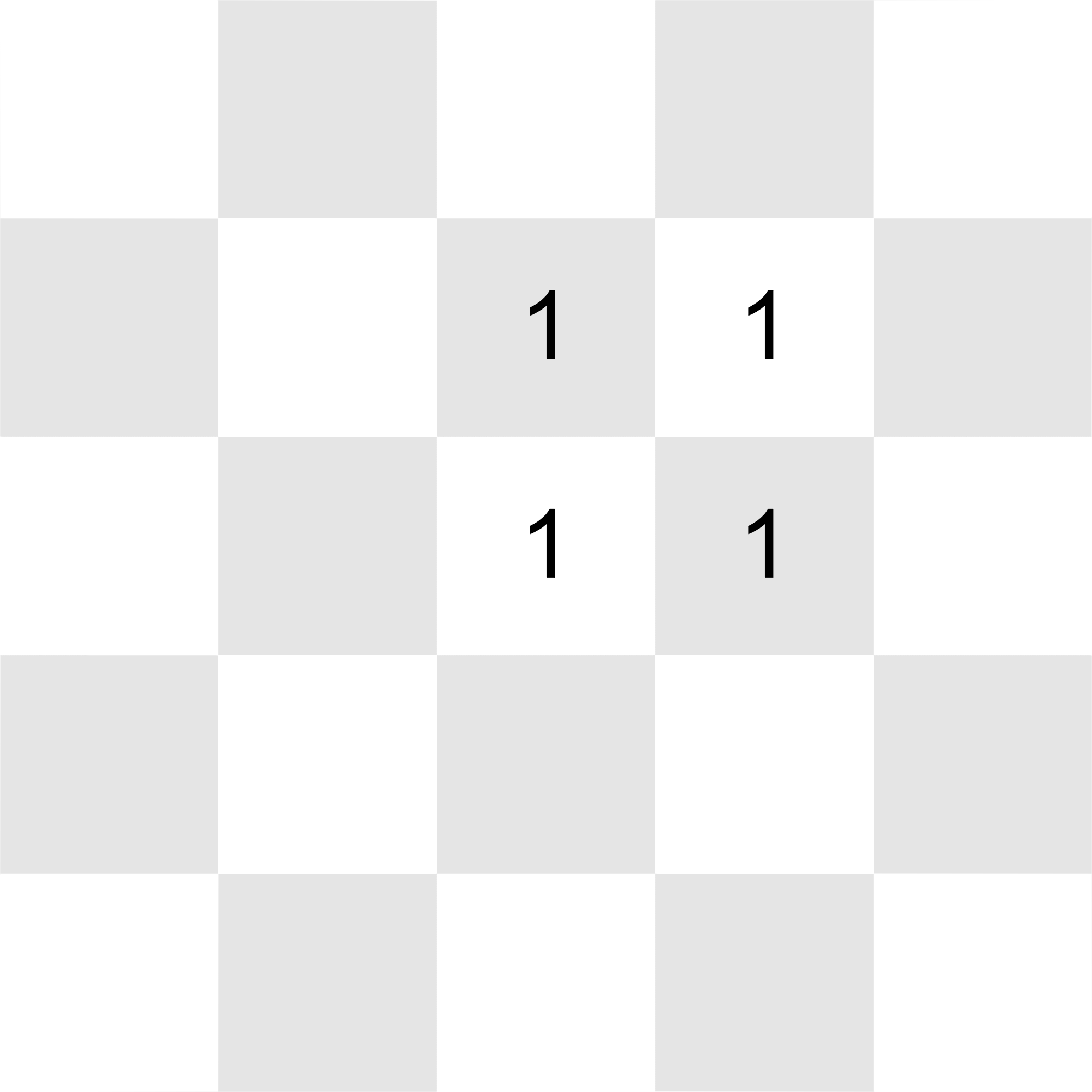
All of the integers in the grid can be reduced to by placing the
O tetromino on top of the four 's, and subtracting
from each of them.
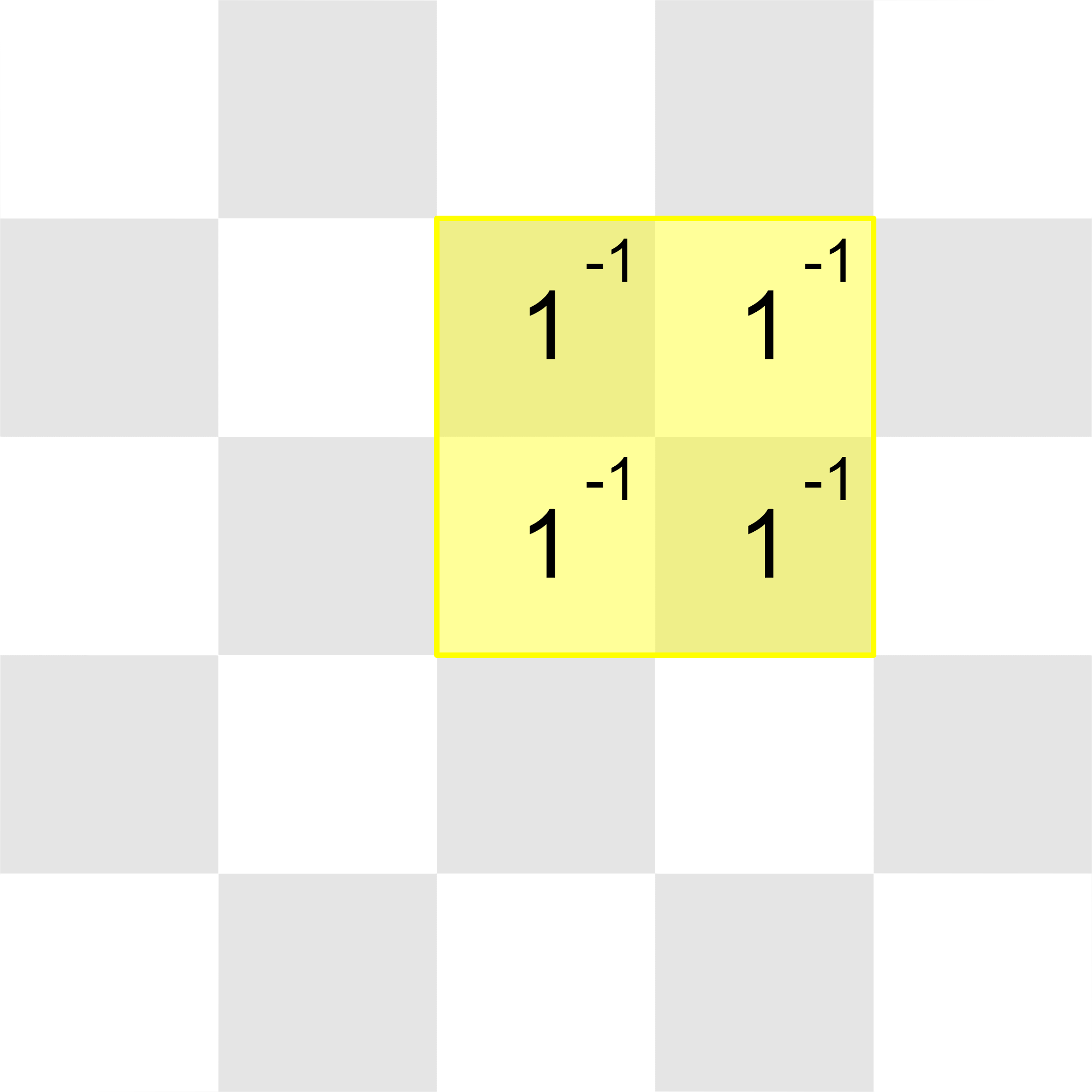
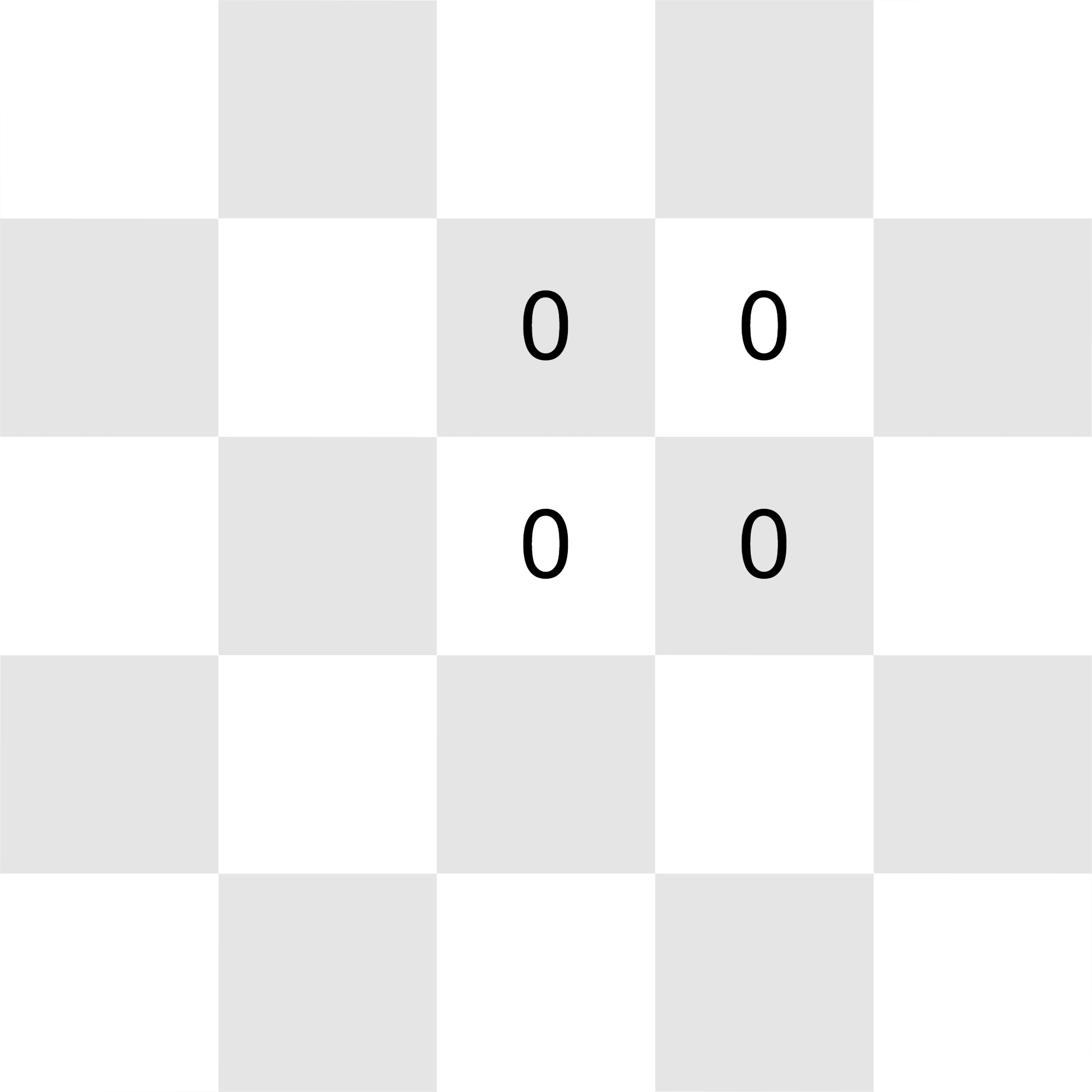
Thus, the correct output after the fifth update is YES.
The next update, -1 -1 -3, adds to the integer at
. It can be shown that it is impossible to make all integers in the grid equal to
in this state. Thus, the correct output is
NO.
After all the updates, the grid will look like this (once again, 's in unmodified cells are omitted for better viewing):
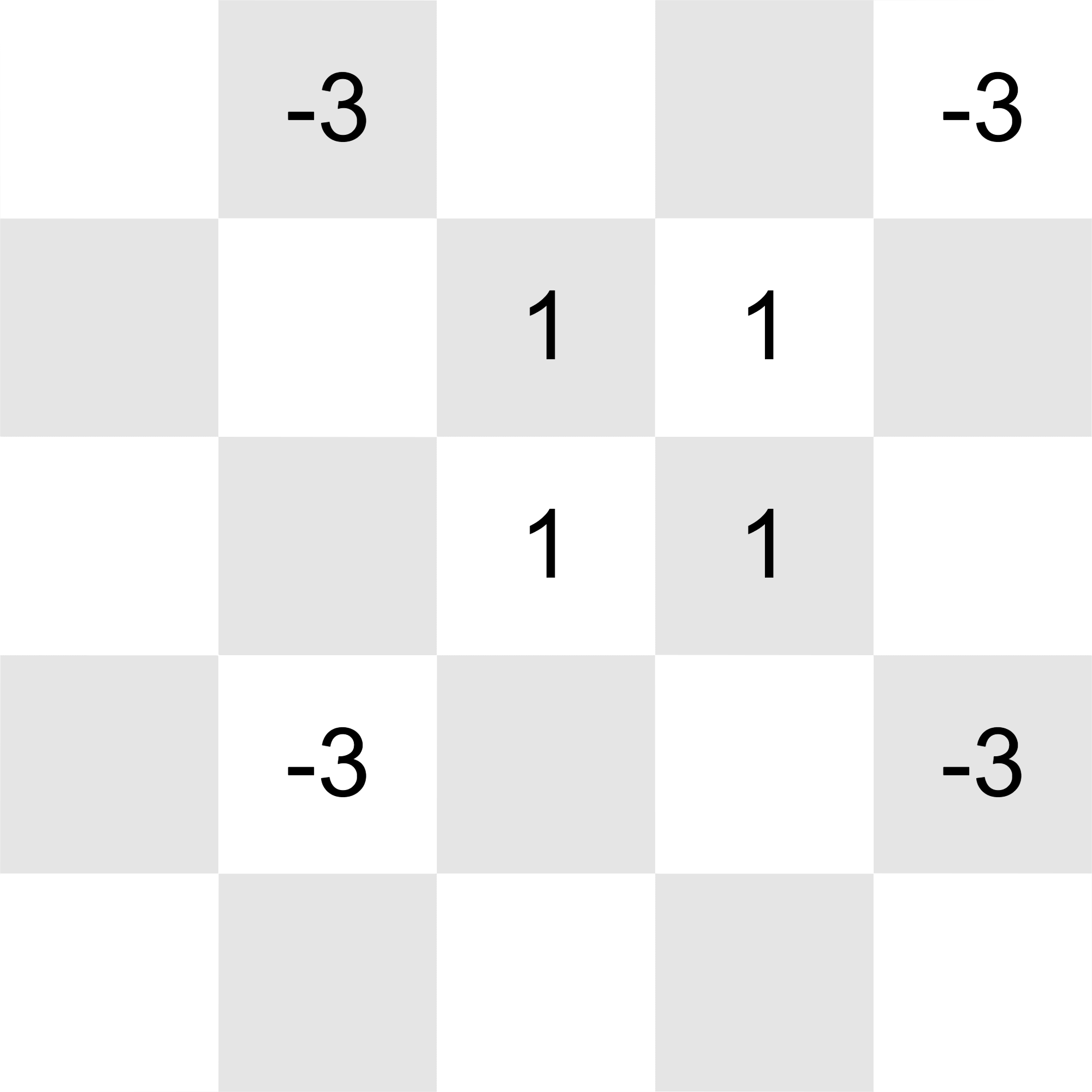
All of the integers in the grid can be reduced to with these operations:
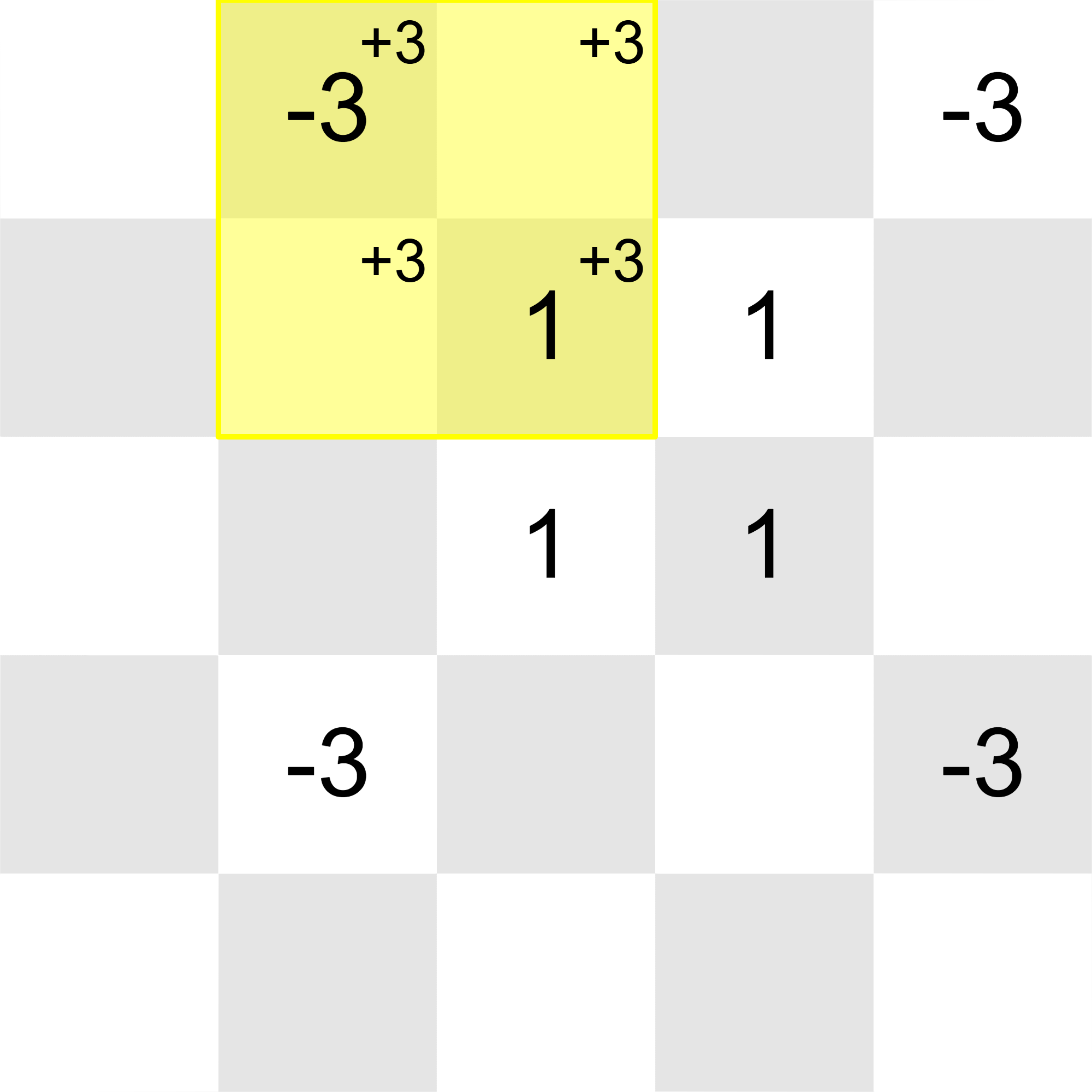
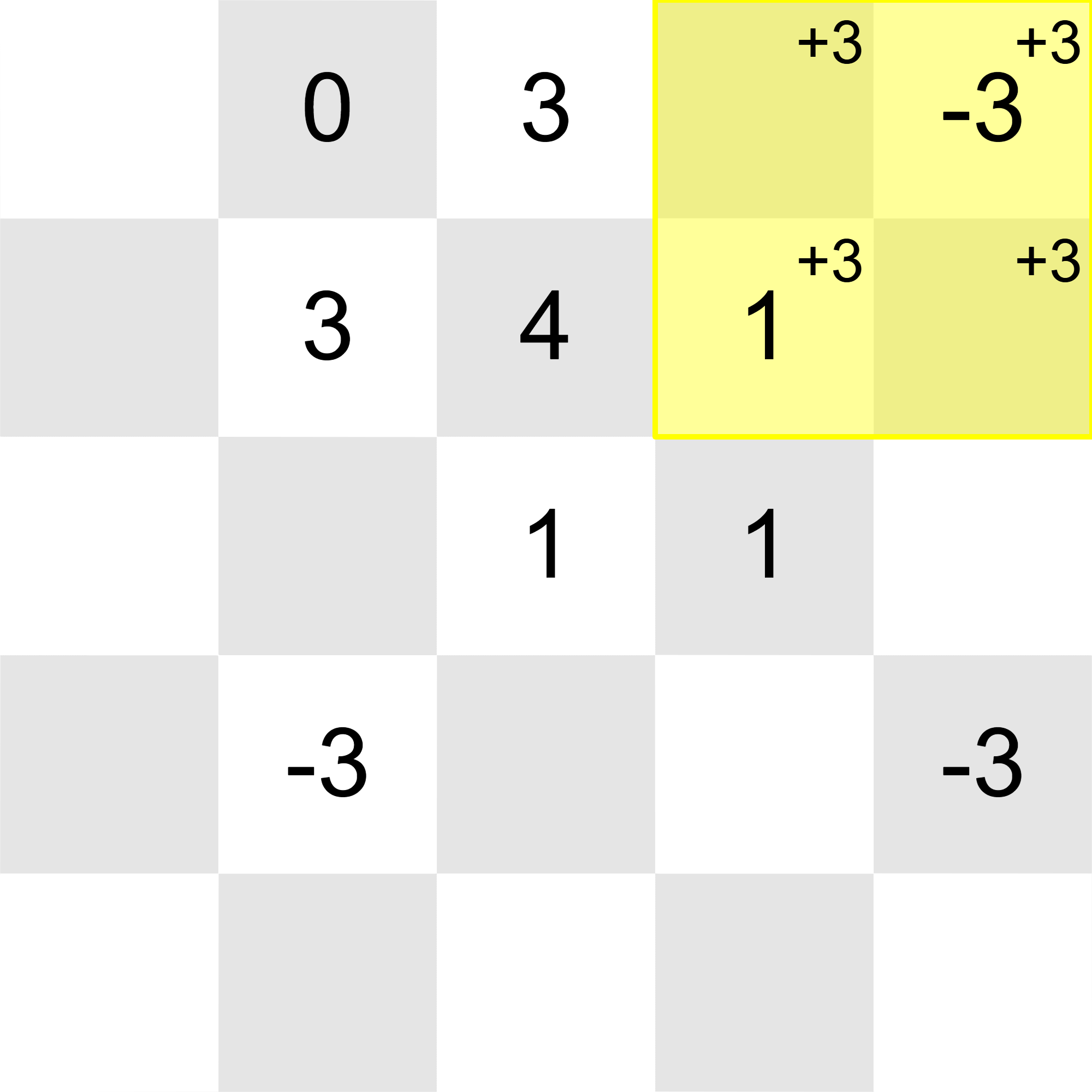
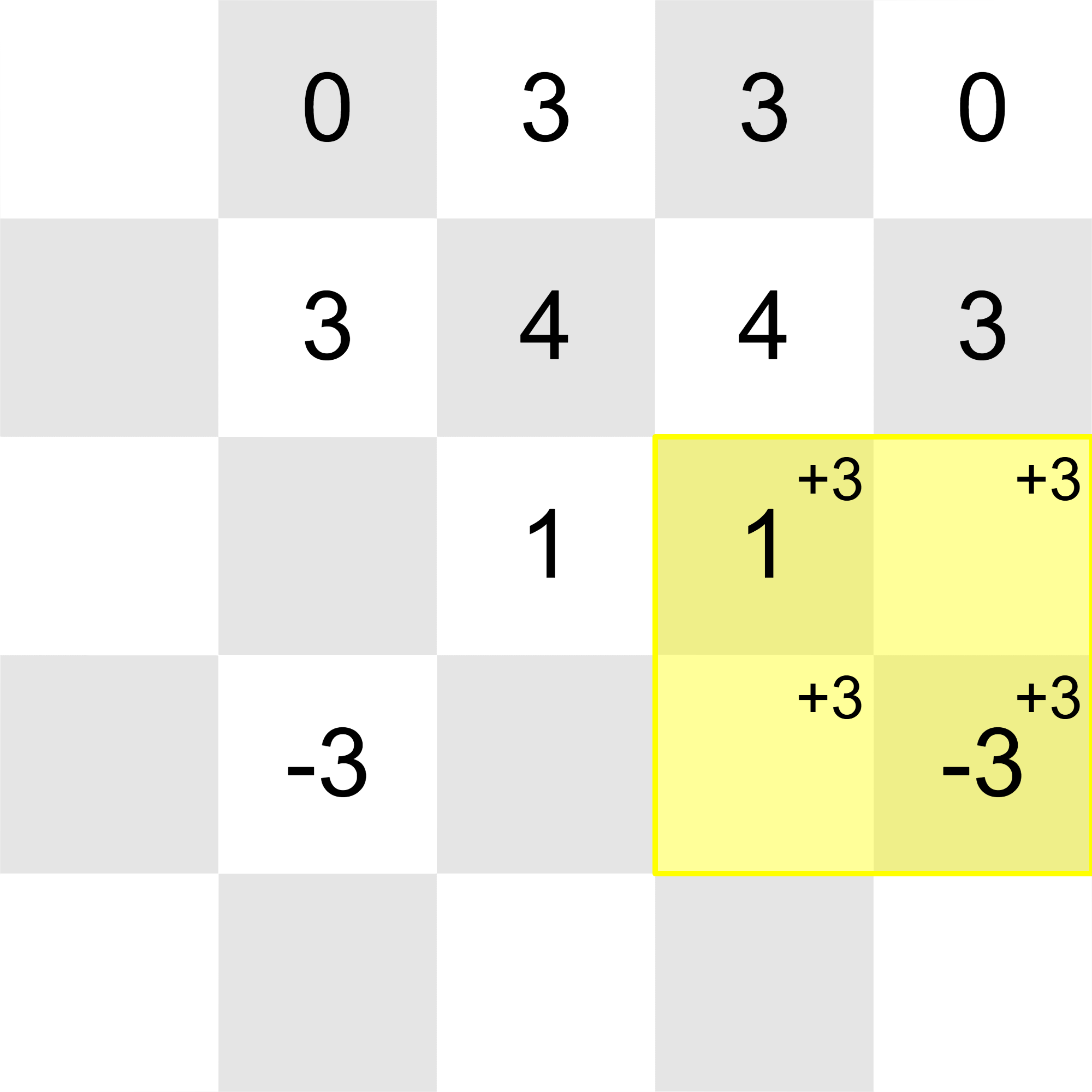
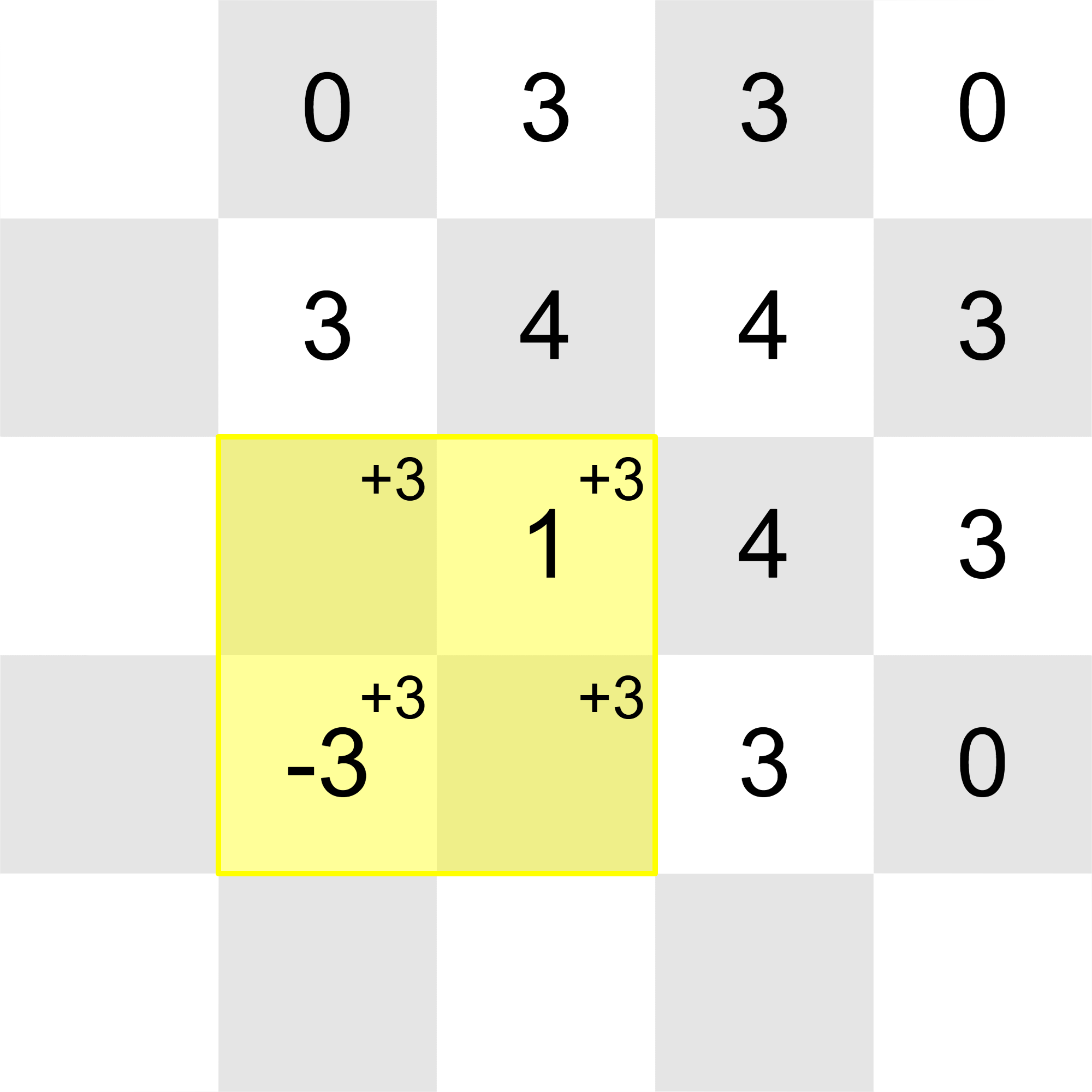
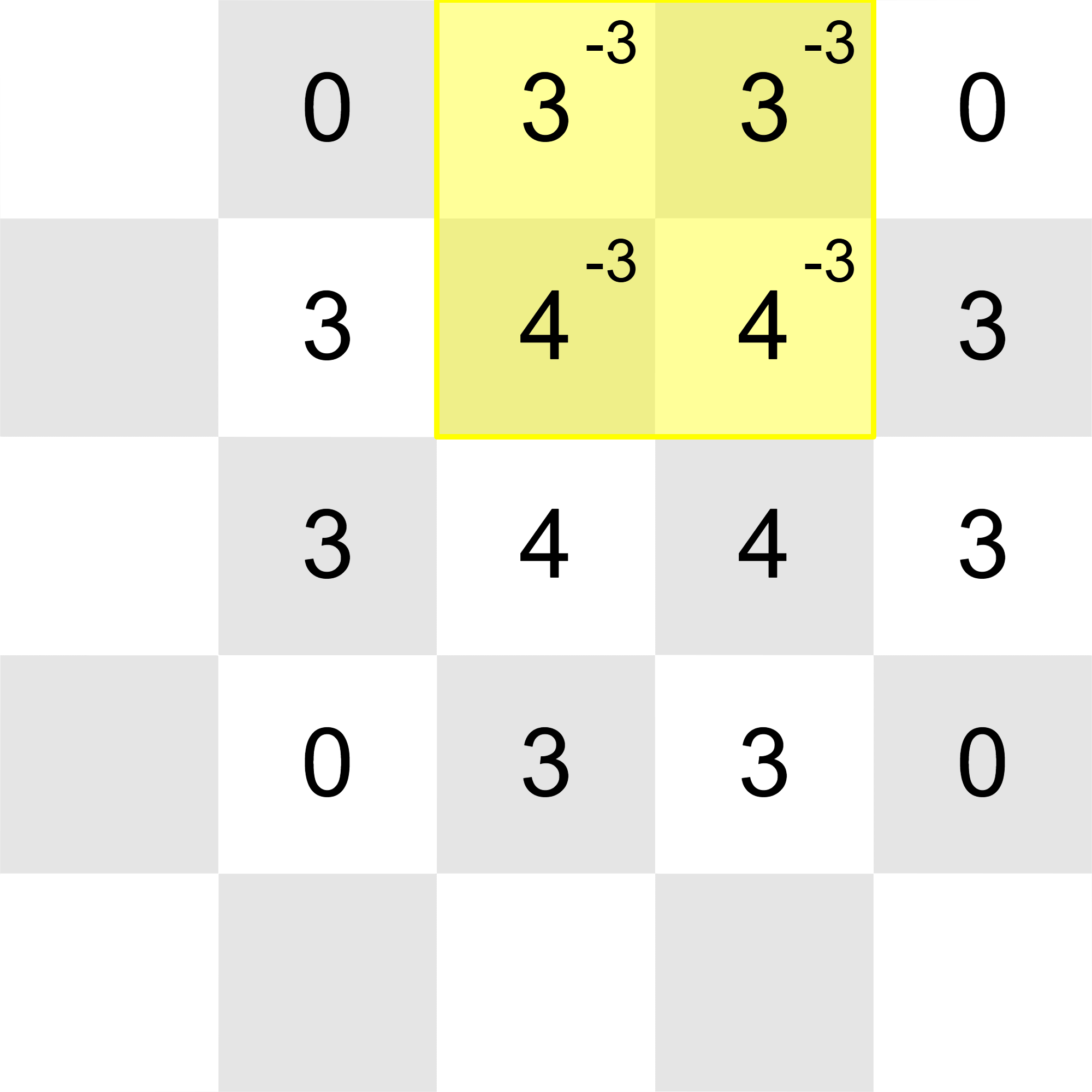
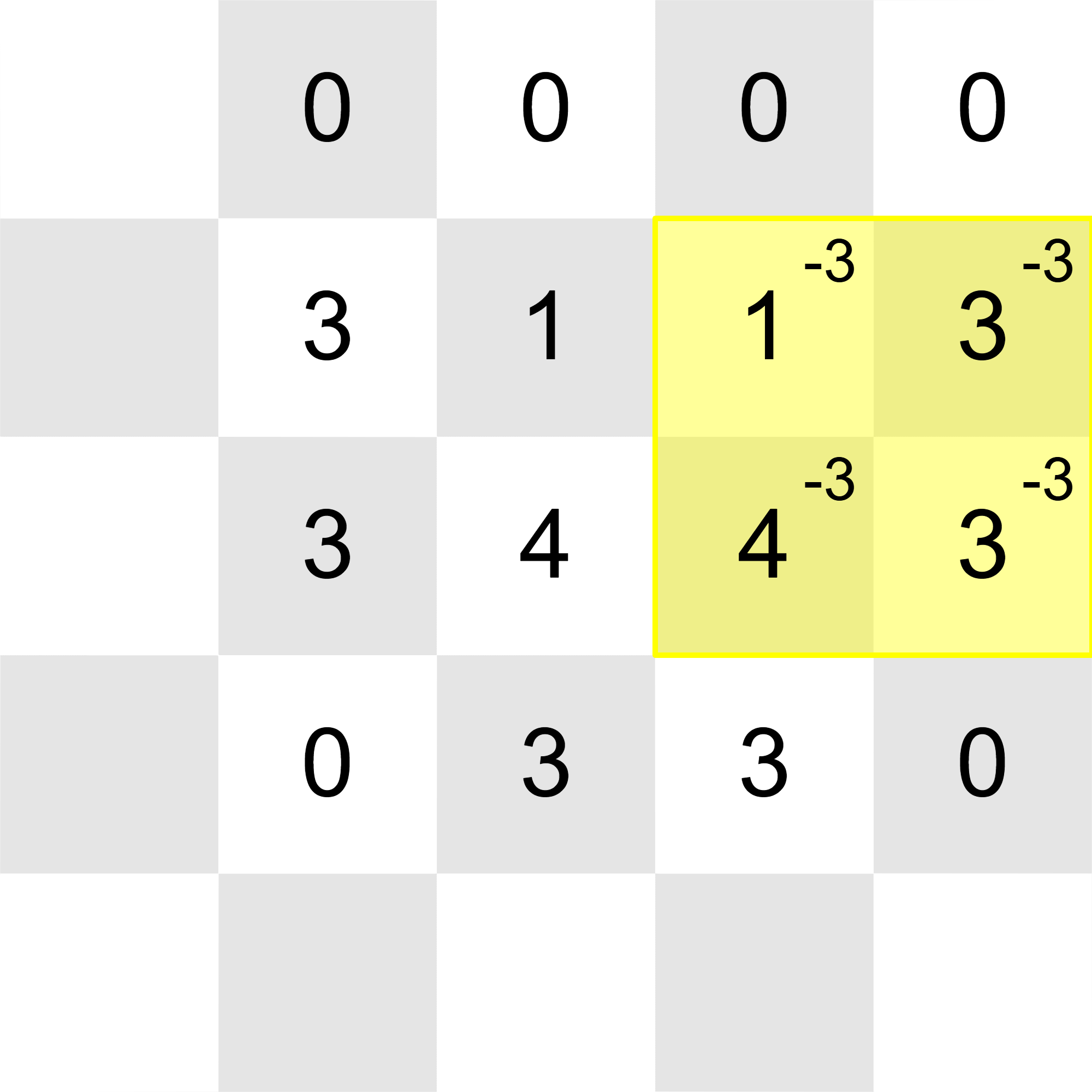
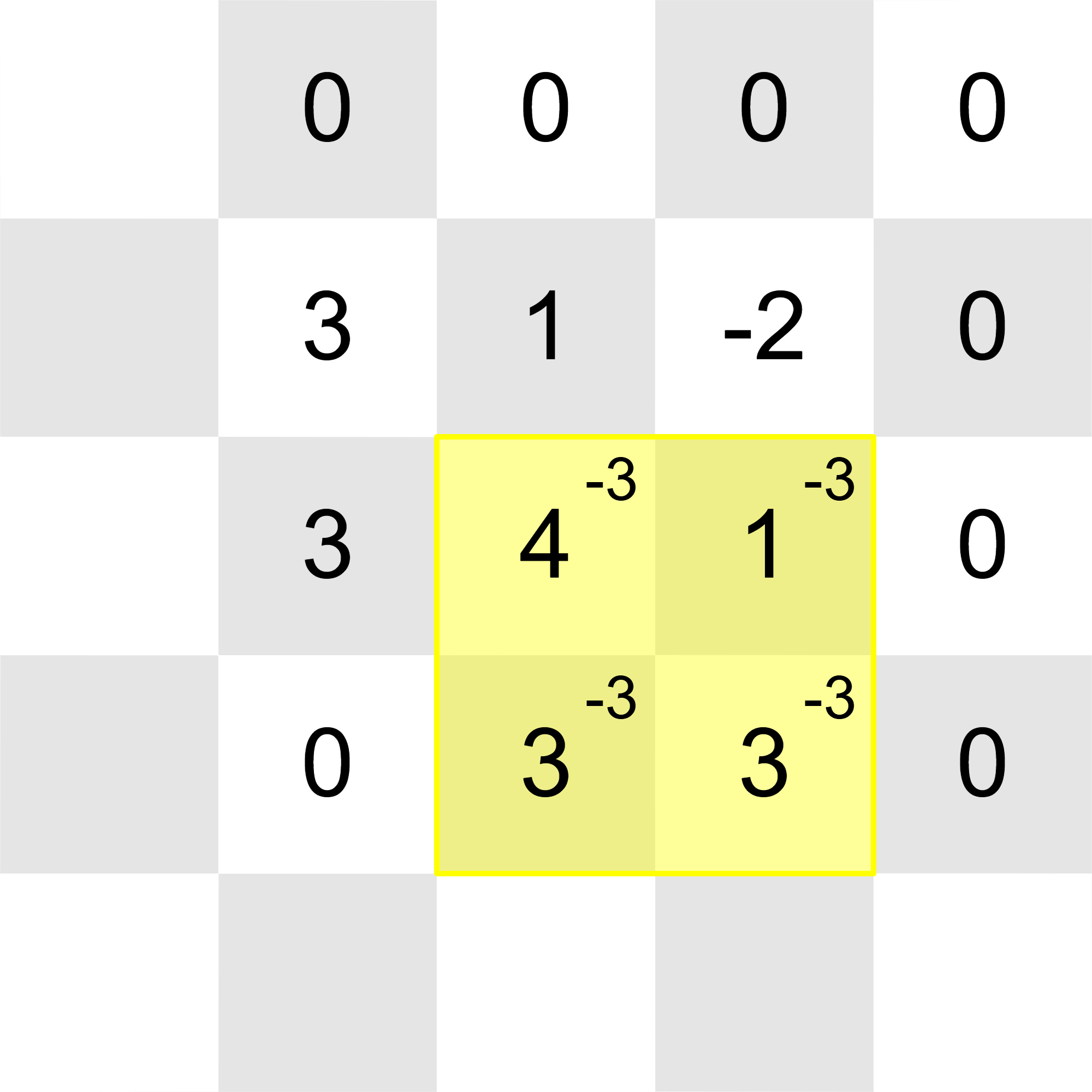
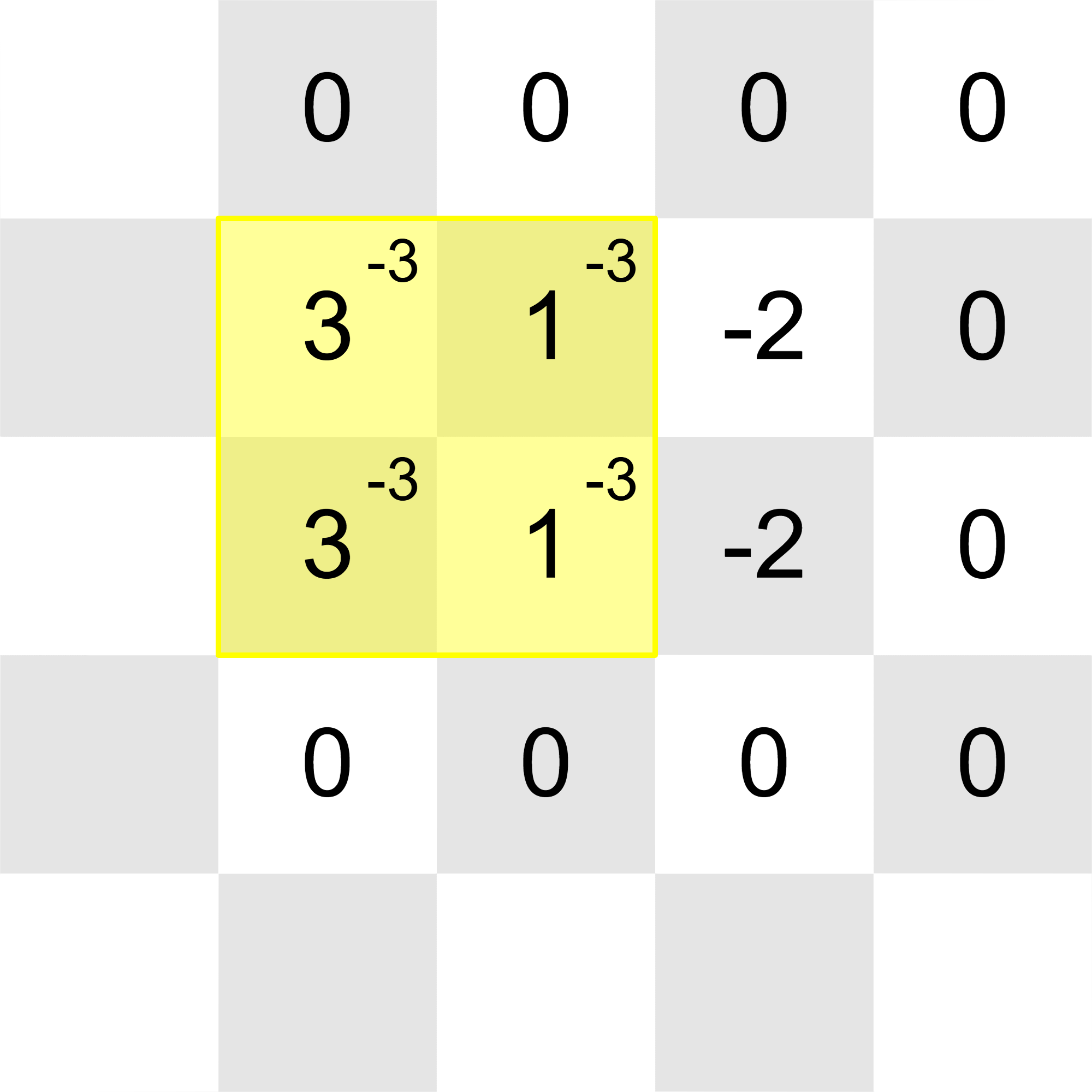
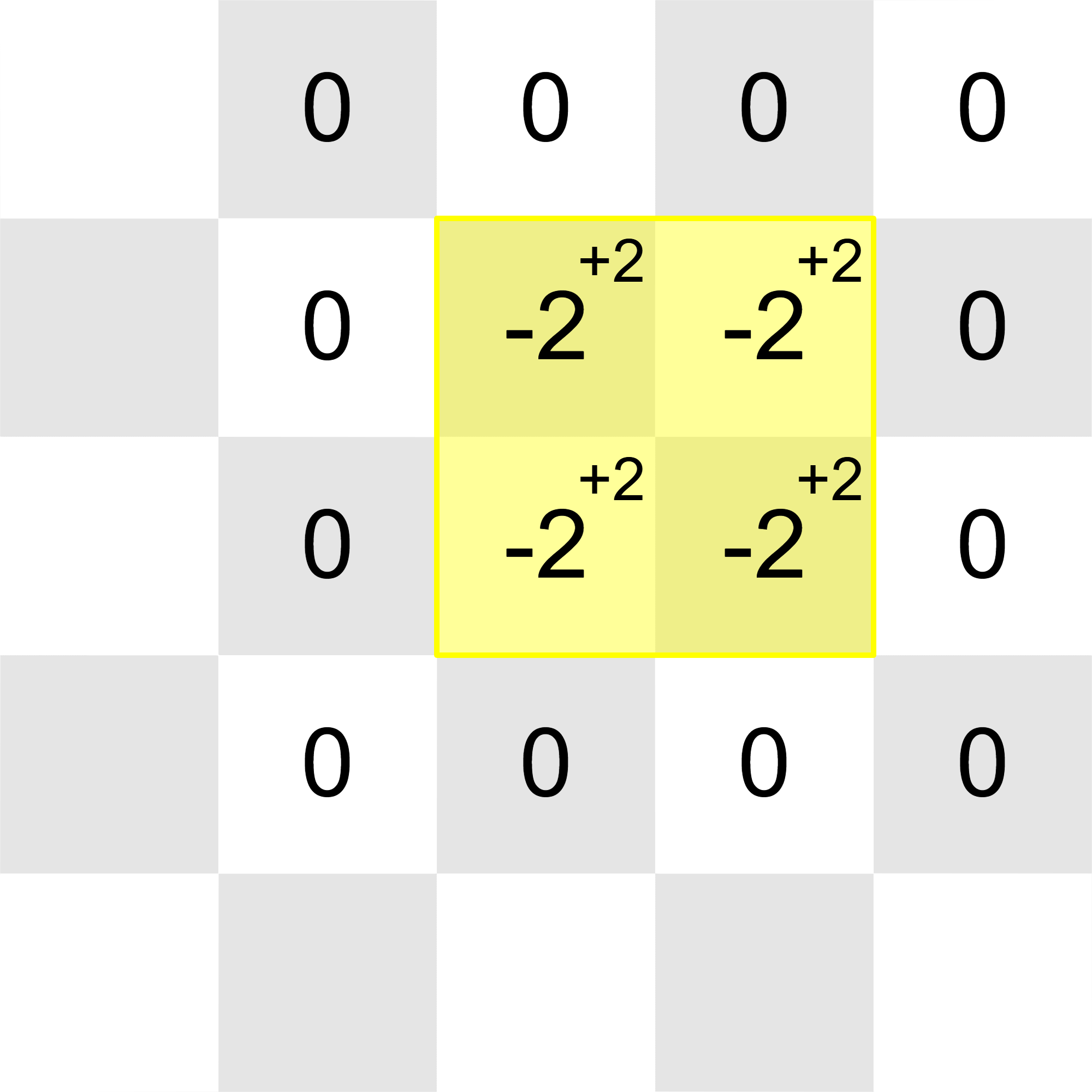
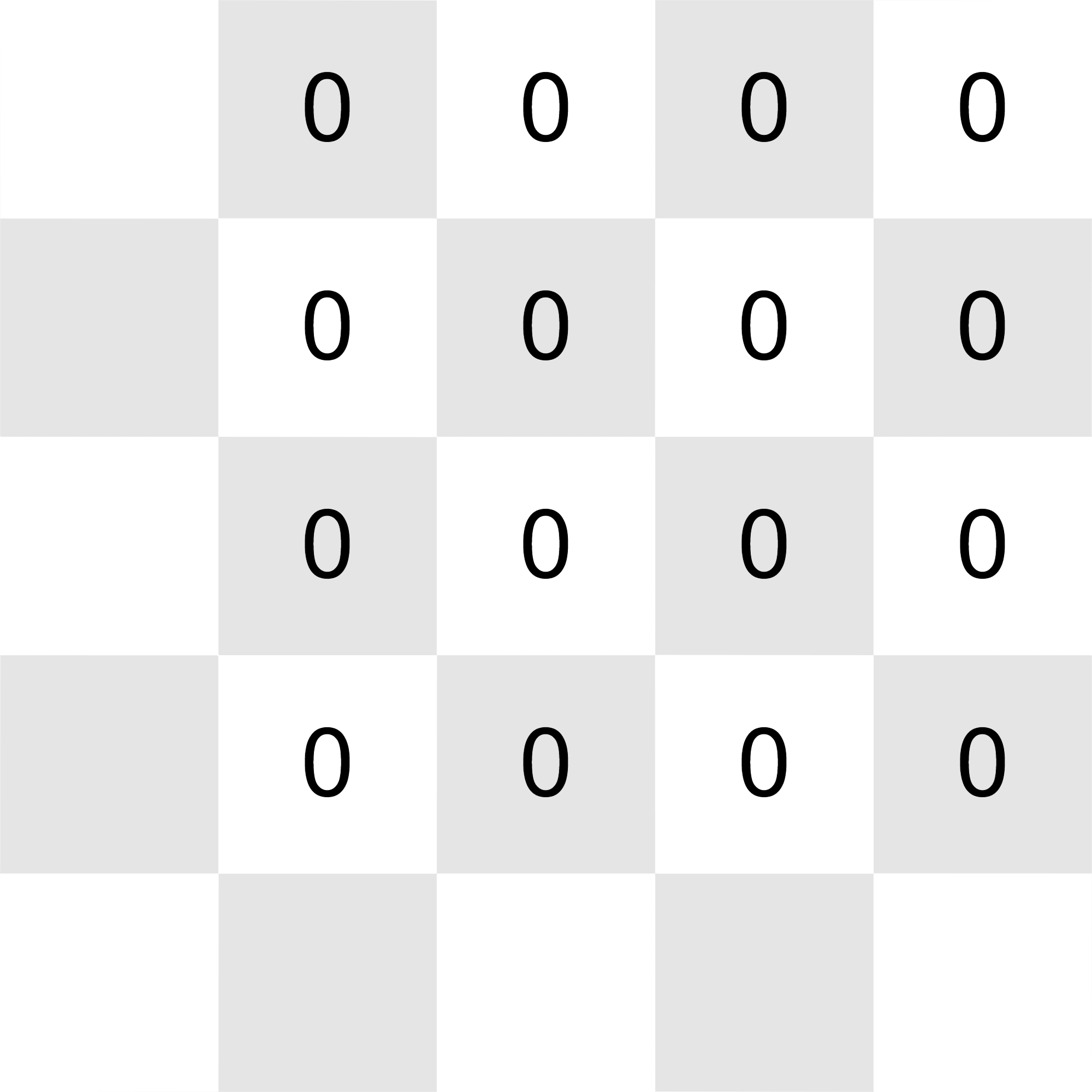
Thus, the correct output after the final update is YES.
Sample Input 2
T
10
2 2 10
1 1 1
2 1 -4
1 2 6
3 3 8
3 1 -1
1 3 11
2 3 5
3 2 3
1 1 1Sample Output 2
NO
NO
NO
NO
NO
NO
NO
YES
NO
YESExplanation For Sample 2
After all the updates, the grid will look this:
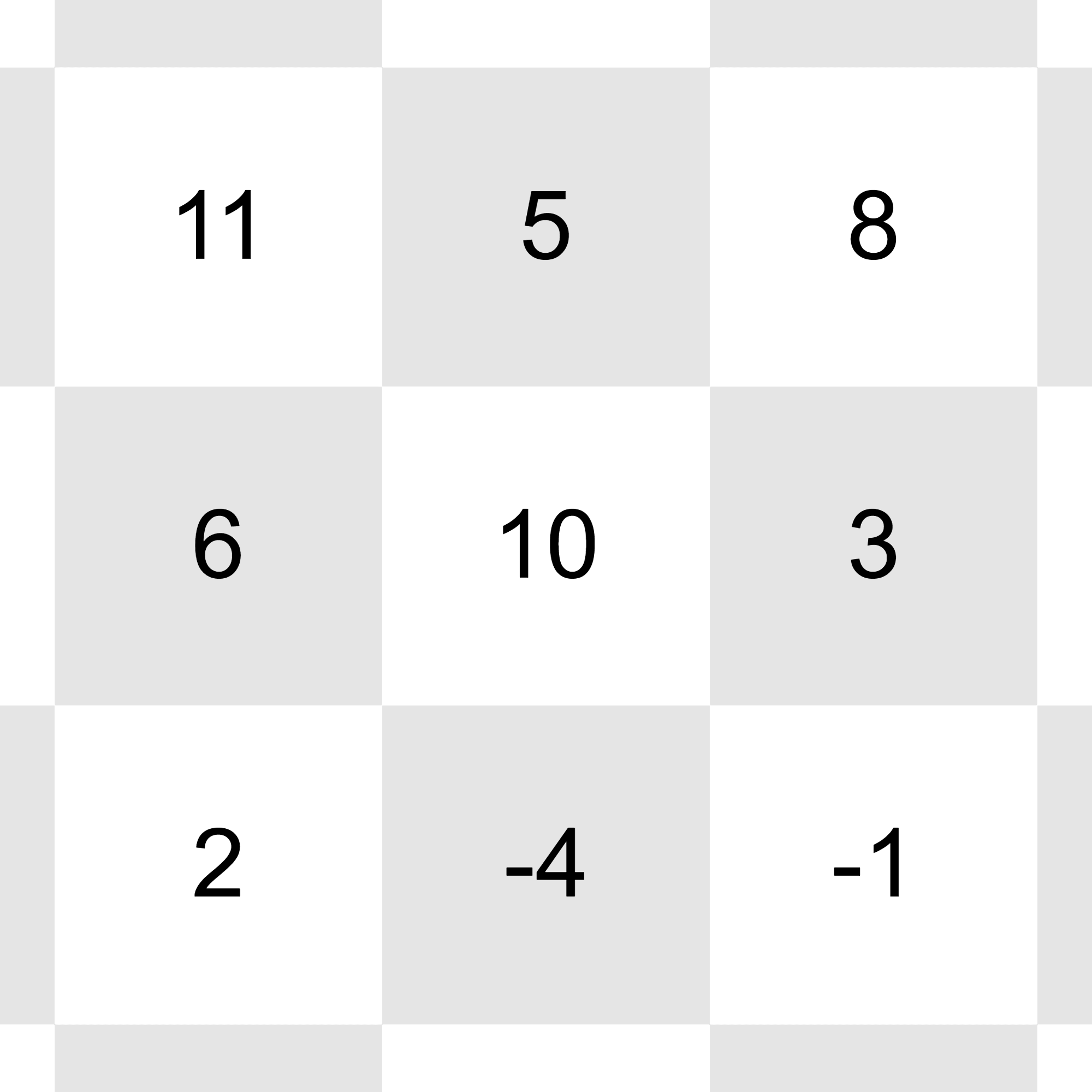
All of the integers in the grid can be reduced to with these operations:
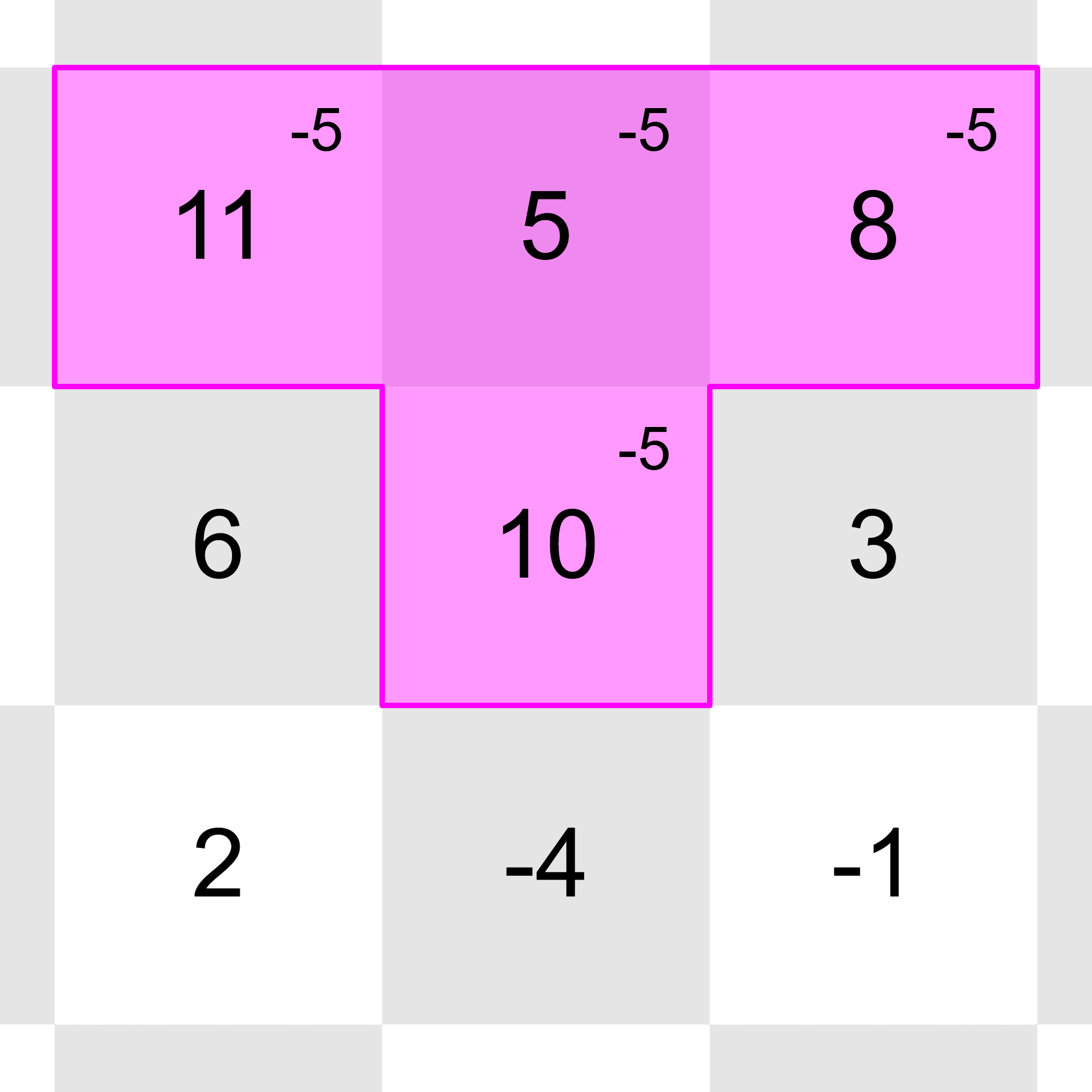
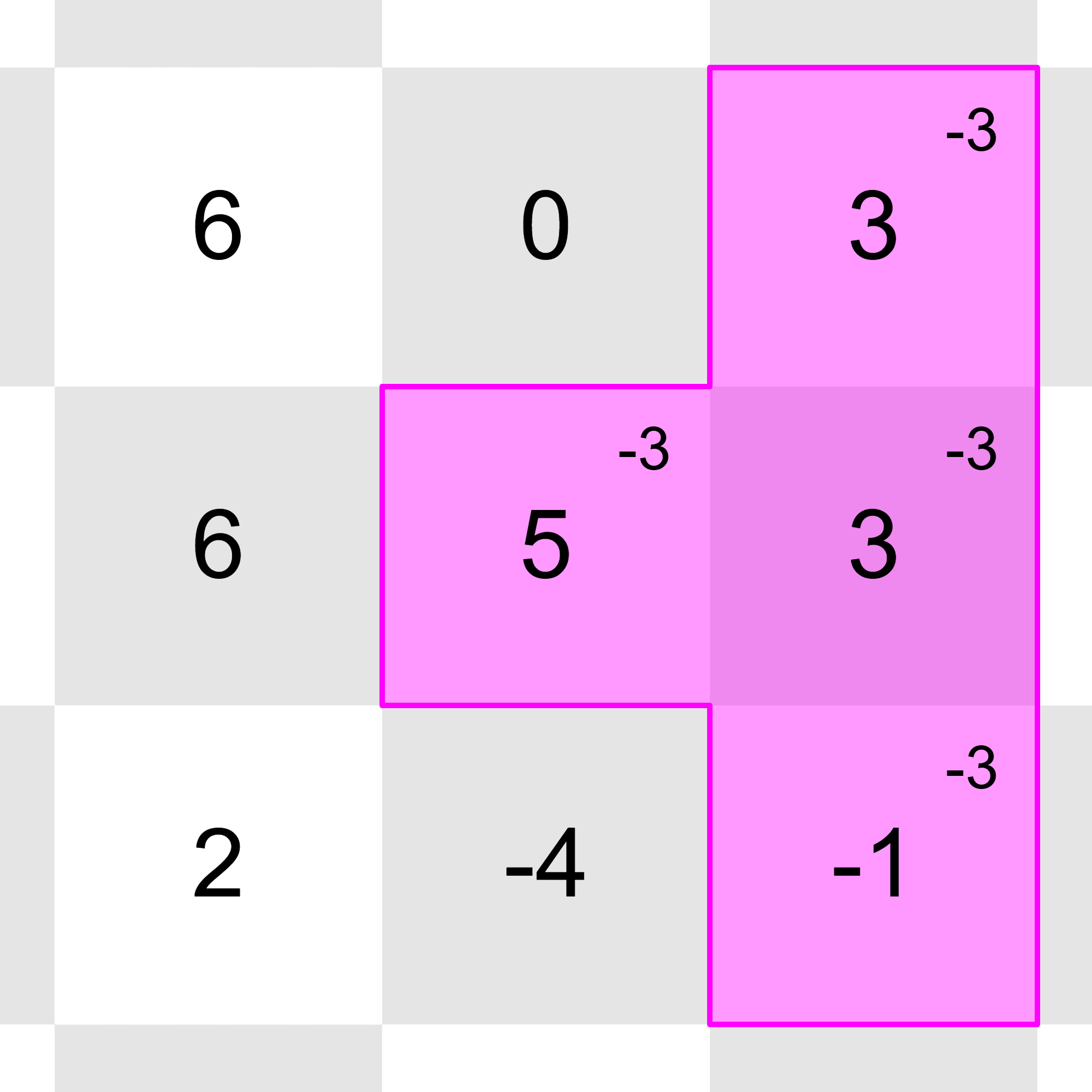
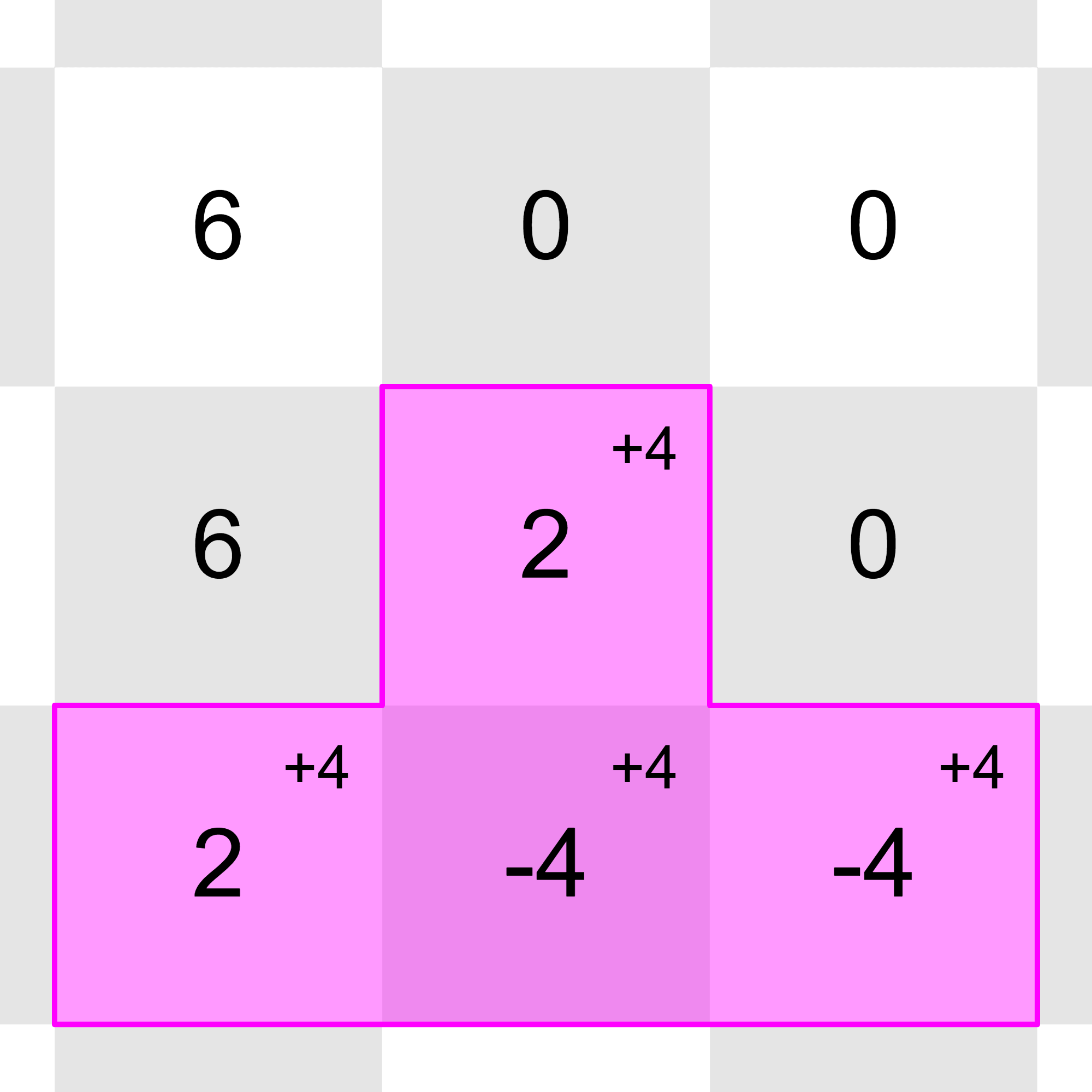
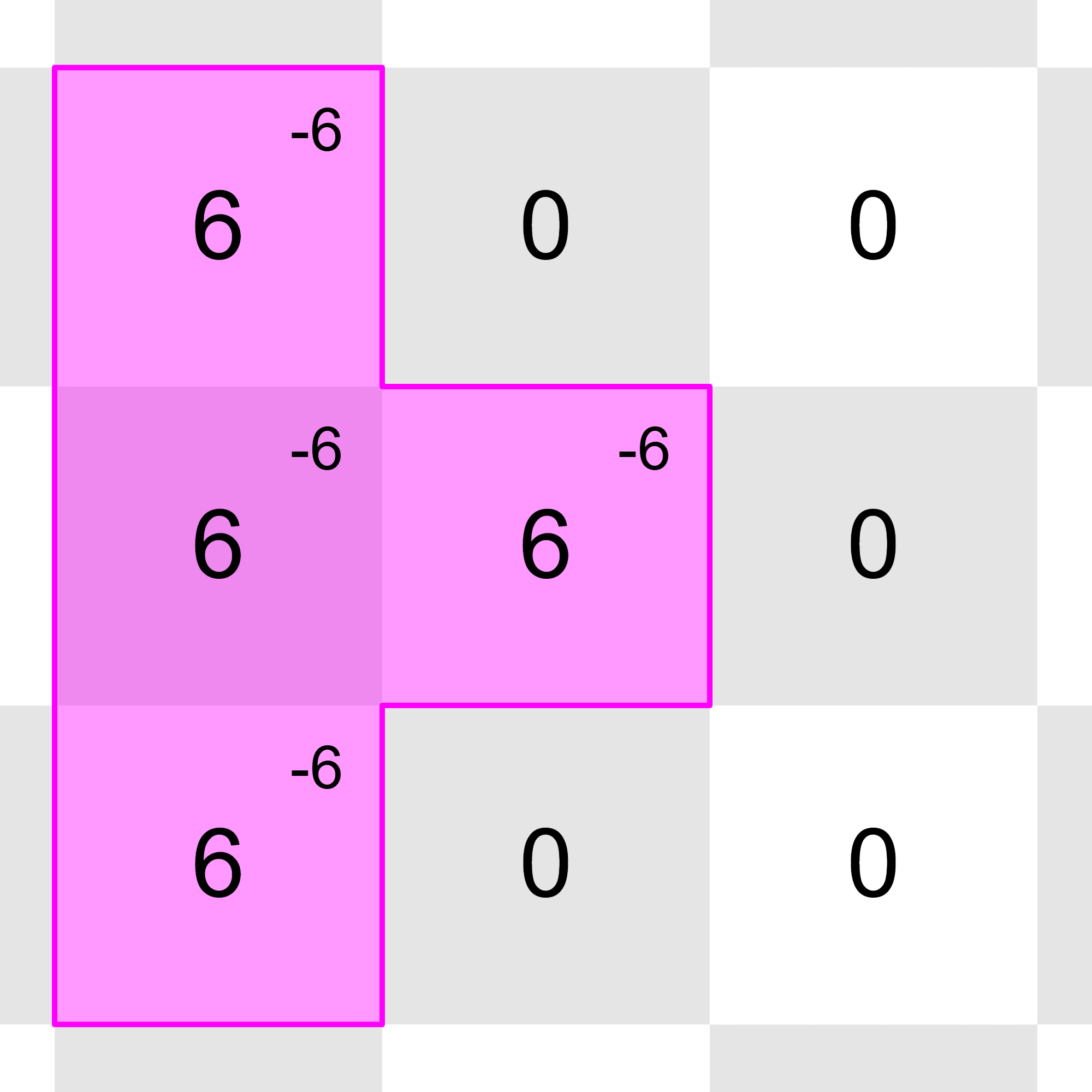
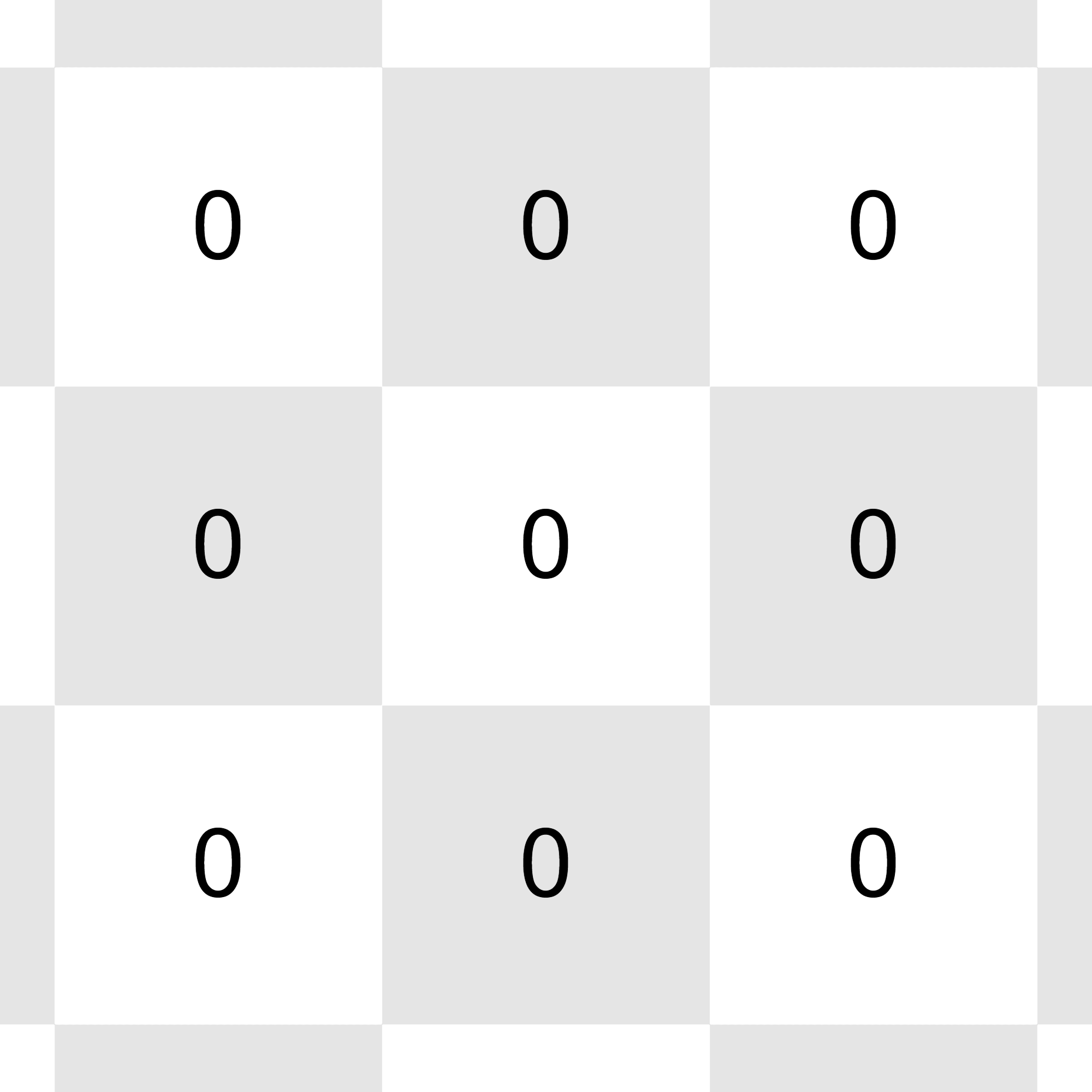
Sample Input 3
Z
8
1 1 1
2 1 1
2 2 1
3 2 1
1 1 -1
3 2 -1
1 2 1
3 1 1Sample Output 3
NO
NO
NO
NO
NO
NO
NO
YESExplanation for Sample 3
Remember that translations and rotations are allowed, but reflections are not.
Comments